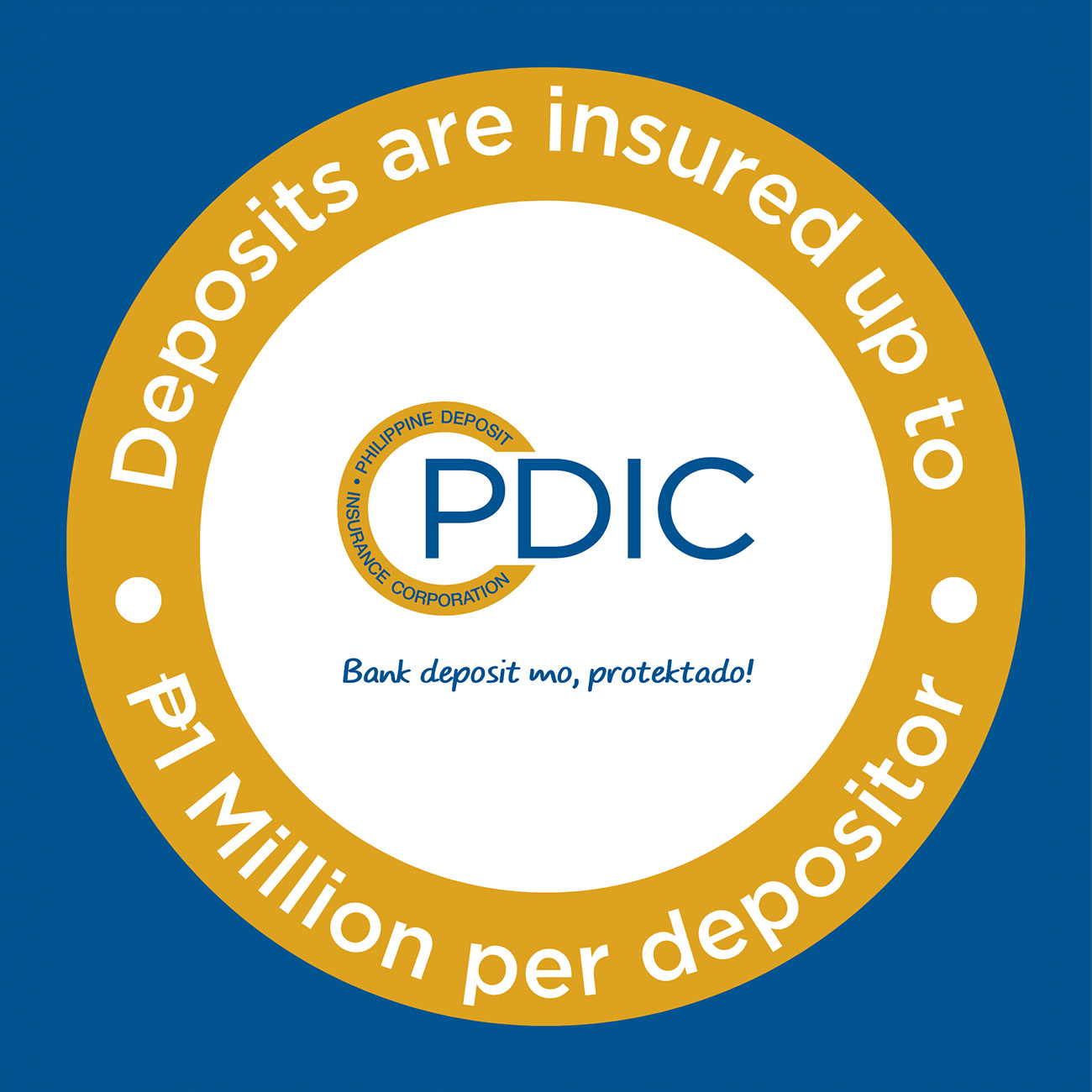The Challenge
From the vibrant bungalows dotted across the archipelago to the glass-and-chrome skyscrapers rising above Metro Manila, residential and commercial buildings collectively account for around 36% of the Philippines’ total electricity consumption.1
For the Bank of the Philippine Islands (BPI), Southeast Asia’s longest-standing bank and one of the Philippines’ largest banks, the energy footprint of buildings represents an opportunity to go beyond reducing electricity consumption by further reducing water consumption and the carbon footprint of construction materials – each a crucial stepping stone to net zero.
"As climate change drives temperatures up, even more energy will go into the cooling of buildings nationwide, especially in urban areas where heat is trapped,” notes Eric Luchangco, Chief Sustainability Officer at BPI. “We need to urgently reduce our energy consumption nation-wide, as we have done with our own operations."
“At BPI, we operate over 700 branches in the country to serve over 10 million customers. Increasing the energy efficiency of our buildings is central to our mission of operating responsibly and living out our vision of building a better Philippines.”
The Impact
This became the inspiration for BPI’s Green Branches initiative, with the goal of establishing a green model branch across all geographic divisions of the bank, from Luzon in the north to Mindanao in the south, and Visayas in between.
To this end, BPI partnered with the World Bank Group’s International Financial Corporation (IFC) to achieve Excellence in Design for Greater Efficiencies (EDGE) certification in key branches across the Philippines.
Widely viewed as the global standard for green construction, EDGE promotes resource efficiency through building designs that achieve at least a 20% reduction in operational energy consumption, water use and embodied energy in materials, compared to typical local practices.
“Armed with knowledge of EDGE standards, BPI redesigned, re-engineered and retrofitted our branches in Agoo La Union, Iloilo, Loyola Katipunan, Guiguinto, San Fernando Highway Main, North Greenhills and Forbes Park. In each of these, we were able to exceed the required reductions, with some achieving more than 80% in reductions,” says Luchangco.
“Another 26 branches are in renovation, plus all our new branches are automatically evaluated for EDGE certification. All of BPI’s head offices are now powered by renewable energy.”
The Takeaway
Apart from leading by example, BPI has helped more than 50 building projects across the Philippines meet EDGE standards, while achieving greater cost savings and enhancing their marketability. BPI’s green building project loans include technical consultation to help clients meet EDGE requirements and revise their building’s design to ensure 20% savings across each category.
With the support of sustainability-focused companies like BPI, the percentage of green buildings in the Philippines is forecast to expand as much as 5% every year until at least 2030.
“By working closely with like-minded corporate partners, BPI is further helping all sectors of the Philippines embrace EDGE certification,” says TG Limcaoco, President of BPI.
And the bank’s green-building mission doesn’t stop there. In August 2023, BPI partnered with IFC to fund the issuance of a $250 million green bond to fund climate-smart projects in the Philippines – the IFC’s largest deal to date in the country.
As Limcaoco notes, “Sustainability is not just a buzz word. Whether it's green buildings, renewable energy, eco-friendly infrastructure or sustainable agriculture, we are committed to offering financial assistance to ambitious innovators who share our imperative for building a sustainable future for the Philippines.”


